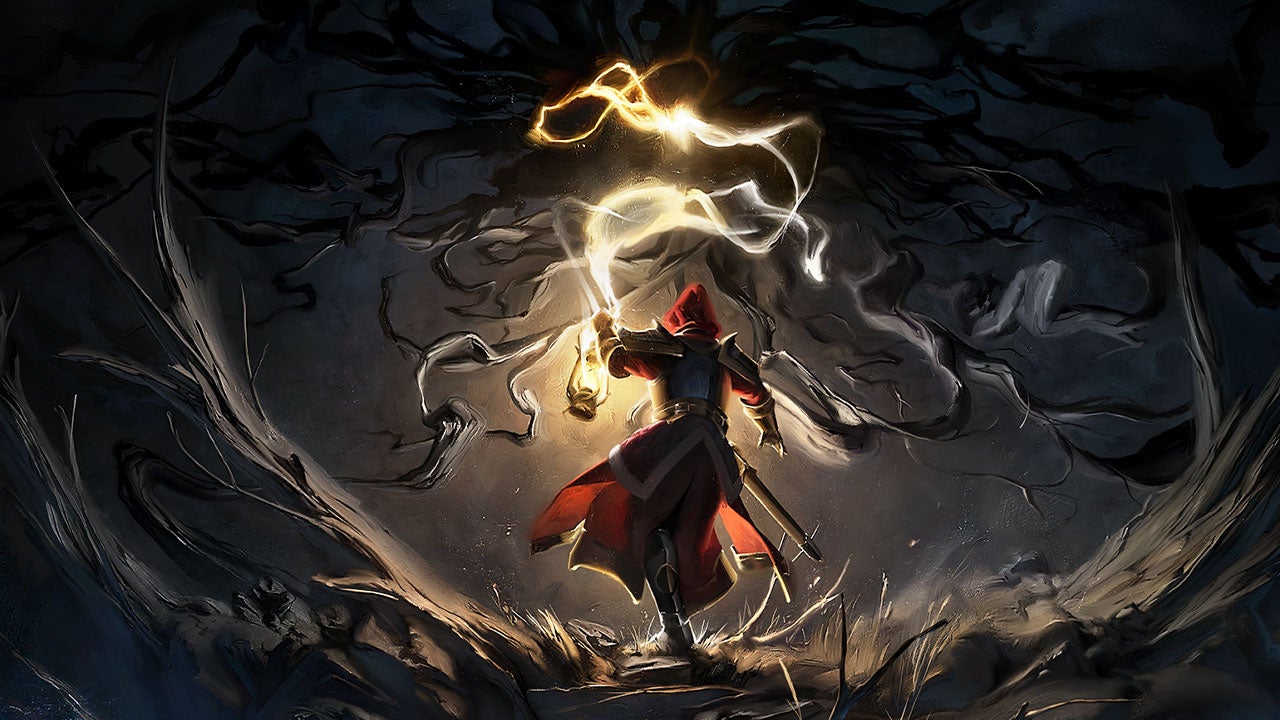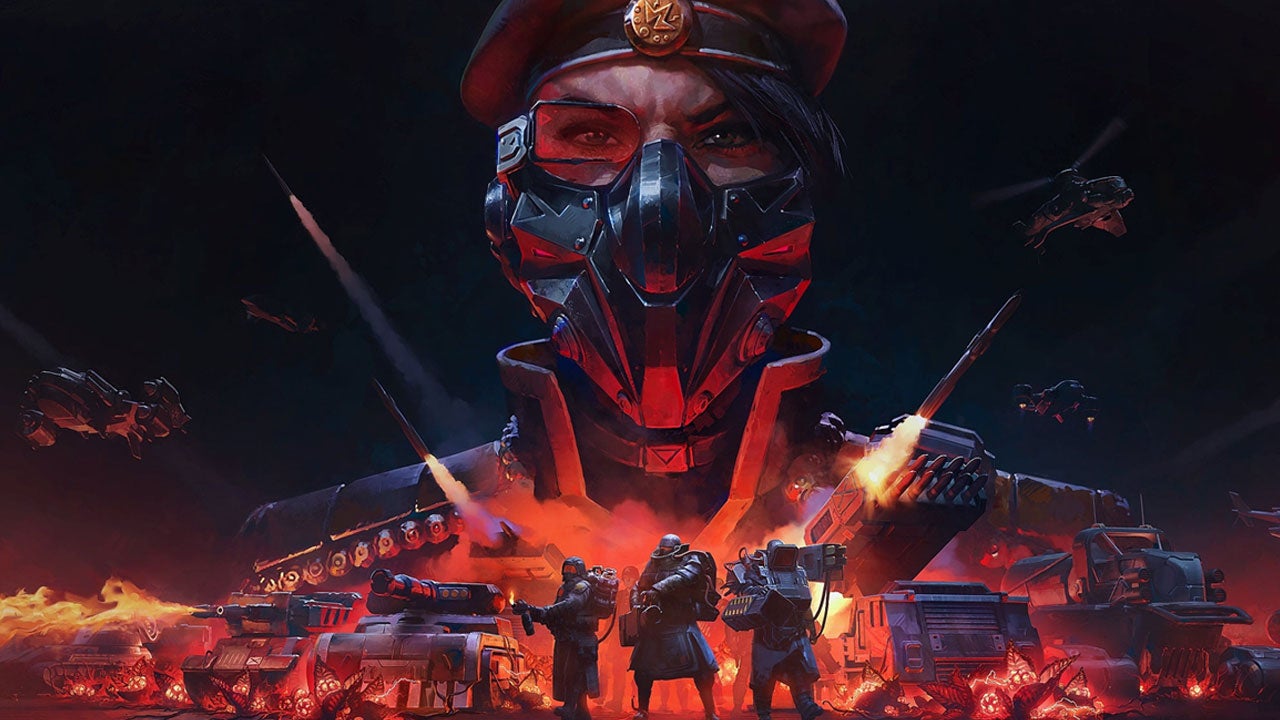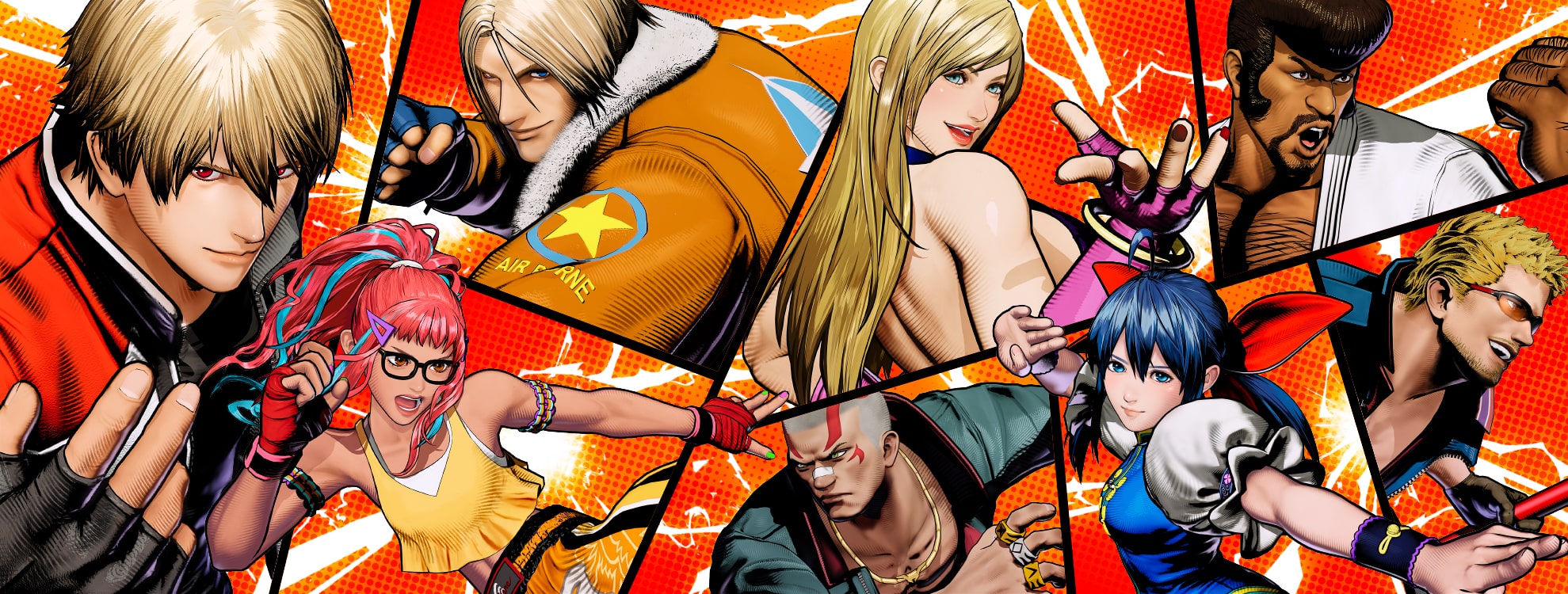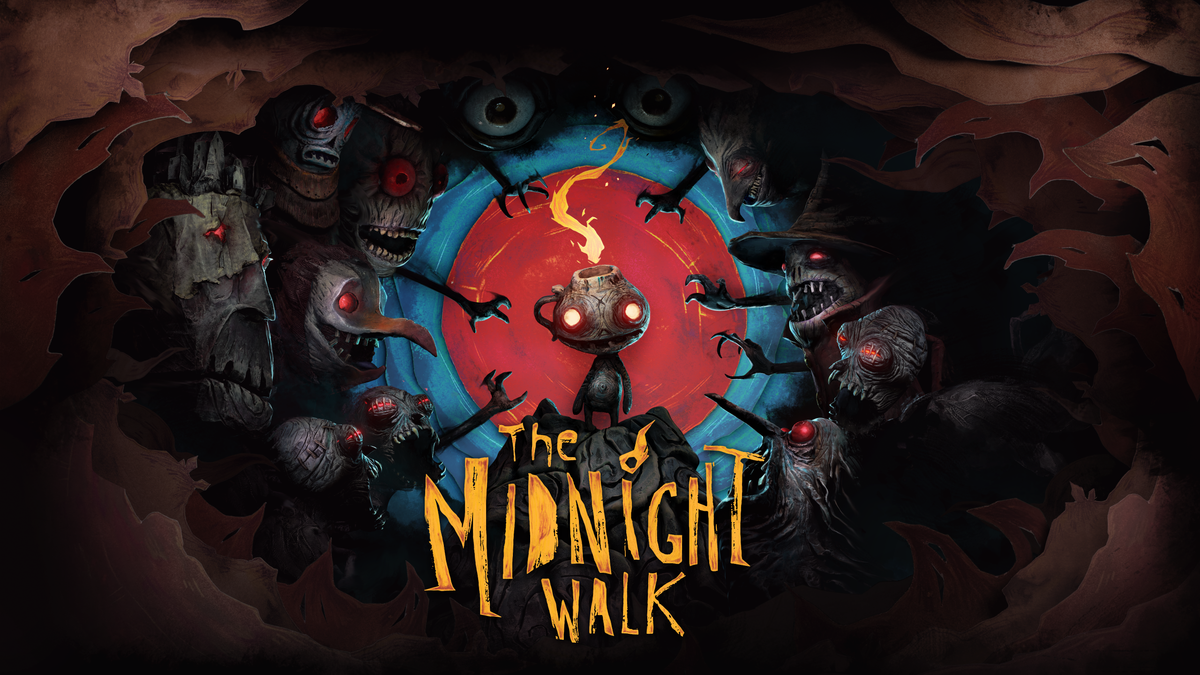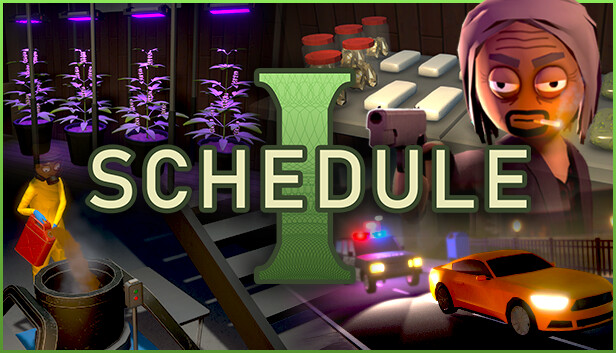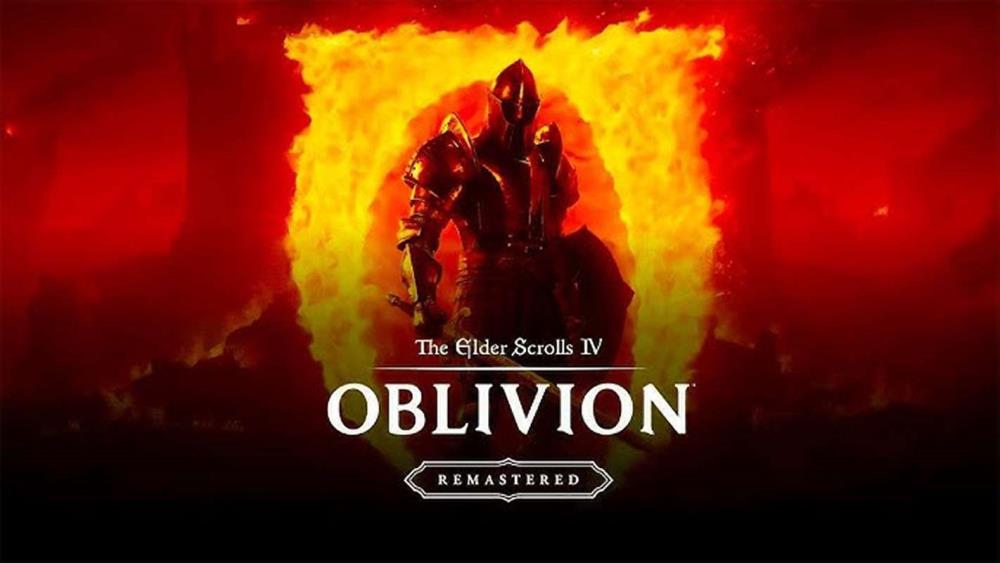Mandragora: Whispers of the Witch Tree attempts to blend a variety of action-RPG elements into a single cohesive experience, but ends up feeling like a scattered amalgam of ideas that never fully gel. As a 2D sidescroller, it draws inspiration from soulslikes, metroidvanias, platformers, and traditional action-RPGs. Unfortunately, it rarely excels at any of them. While there are moments where potential shines through—particularly in the flexibility of its character progression system—these are often overshadowed by a lack of depth across most gameplay systems. Combat, story, and exploration all begin with promise but gradually reveal themselves to be shallow and repetitive as the game progresses.
At first glance, the game’s combat appears to offer complexity. You’ve got melee weapons to swing, spells to cast, and a grapple hook to zip across the screen. But once engaged in battle, you’ll notice that enemies rely on simple patterns and sluggish animations. Encounters quickly fall into a predictable rhythm: dodge, strike, repeat. This cycle becomes tiresome as it’s repeated across the game’s 25-hour runtime with minimal variation. The enemy roster includes everything from mindless skeletons to oversized rats and flying pests, most of which are more annoying than challenging. Even boss battles, which should serve as climactic high points, disappoint due to their limited movesets and recycled attack patterns.
The narrative setup introduces a rich, ominous world full of supernatural menace. You play as an inquisitor tasked with hunting down evil in a realm that has been consumed by darkness and cosmic energy known as Entropy. Early interactions promise depth, like the mysterious voice in your head left by a creature you put down or intriguing NPCs such as Yrsa, an obsessive jewel collector with unhinged dialogue. But any narrative momentum soon fizzles. What starts as an engaging premise collapses into a predictable sequence of clichés and groan-worthy twists. Repeated scenarios where your character fails to recognize obvious villains become tedious, and much of the dialogue relies on hackneyed villain speeches and tired fantasy tropes.
Still, the game isn’t without its strengths. The RPG mechanics provide a decent level of customization, offering six distinct character classes and a wealth of skill trees to invest in. Whether you prefer stealthy assassins, heavily armored warriors, or arcane spellcasters, there are enough tools to create a playstyle that feels somewhat personalized. The ability to cross-specialize between trees adds a nice touch of flexibility—though not always necessary, it allows players to adjust strategies when one approach becomes ineffective, especially in cases like the repetitive poisonous rat bosses that overstay their welcome. Crafting and enchanting gear also help flesh out the experience, with plenty of equipment options to modify and upgrade.
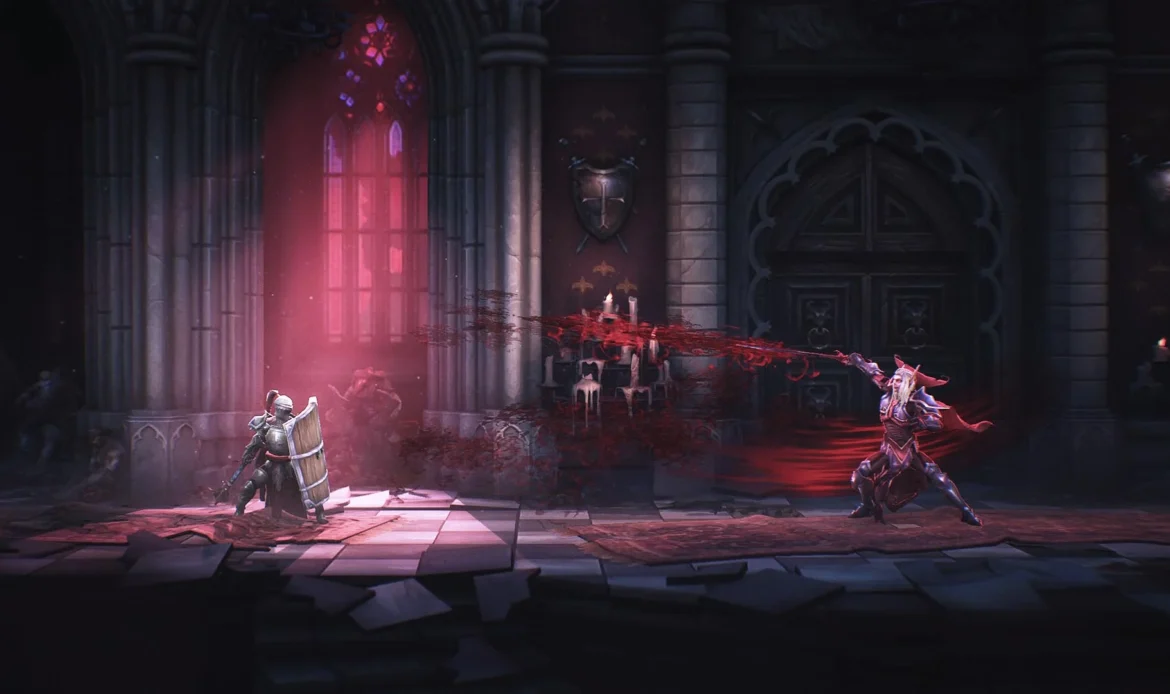

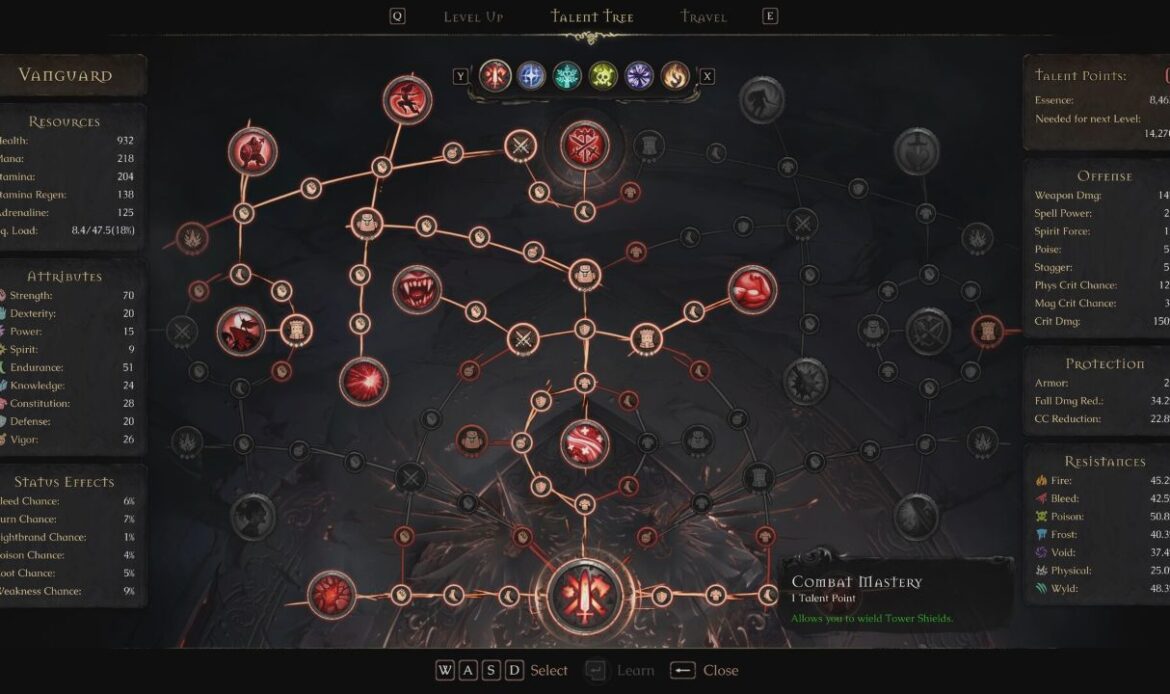
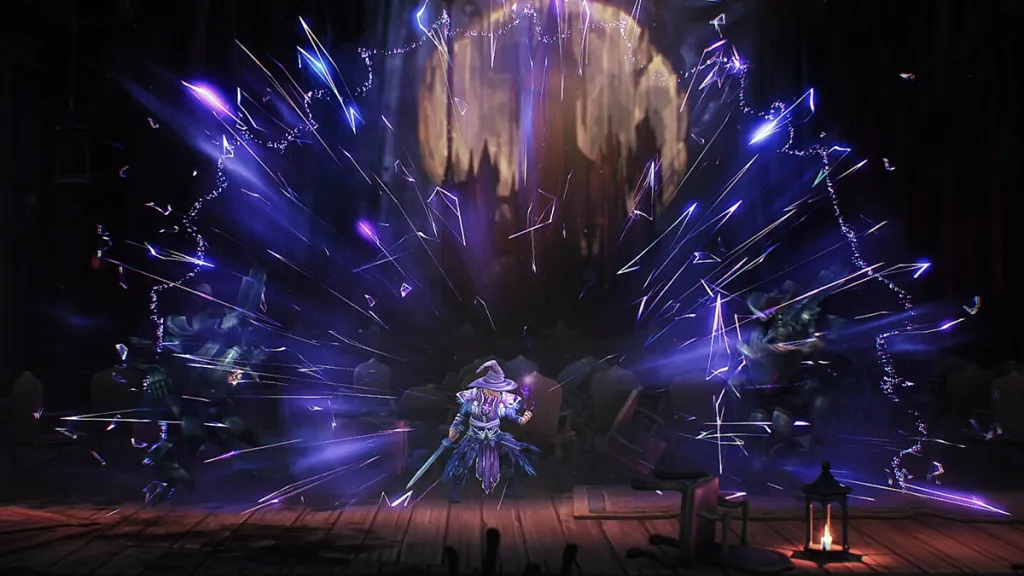
Exploration draws heavily from metroidvania design, with new abilities unlocking access to previously unreachable areas. However, this too is undermined by a lack of meaningful content. The abilities—grapple hook, double jump, and glide—are introduced at such wide intervals that their impact is dulled. You might pass dozens of unreachable platforms before finally unlocking the double jump far too late, making any incentive to revisit earlier areas feel more like a chore than a reward. The glide, hilariously unlocked just before the final section, leaves almost no time to use it in any satisfying way. Secret-hunting, a staple of the genre, is rendered tedious when the rewards are often not worth the backtracking or the repetitive enemy encounters you must slog through again.
Platforming is used sparingly and feels mostly like filler. Trap sections involve simple patterns—giant blocks that rise and fall, for instance—but rarely pose a real threat or require much thought. There are no real puzzles to speak of, and the environmental challenges mostly feel like time-consuming distractions rather than engaging detours.
Technical performance presents another issue. During long play sessions, the framerate can gradually degrade until the game becomes nearly unplayable, requiring a system reset to fix. While this might not affect those playing in shorter bursts, it’s still a notable blemish on the overall experience, especially for a game that already struggles to maintain engagement.
In the end, Mandragora: Whispers of the Witch Tree feels like a game full of ambition but lacking the focus and refinement needed to bring its ideas to life. The dark fantasy setting of Faelduum is intriguing in concept, and the RPG systems offer some enjoyable customization, but the gameplay struggles to sustain interest. Combat is shallow and repetitive, exploration is underwhelming, and the narrative fails to evolve beyond a handful of tired twists and archetypes. It’s a game that reaches in many directions but never grips tightly to any one of them, leaving behind a forgettable experience that hints at something greater than it ever delivers.

